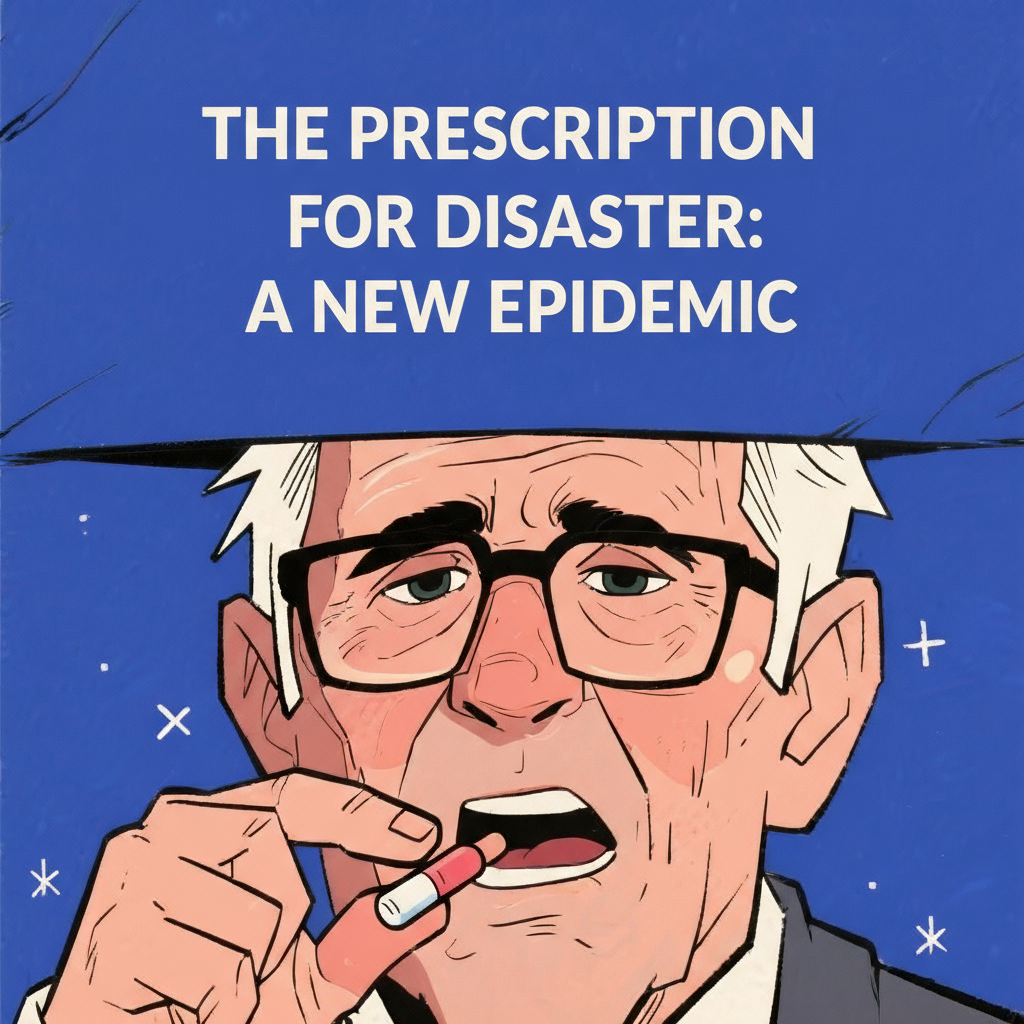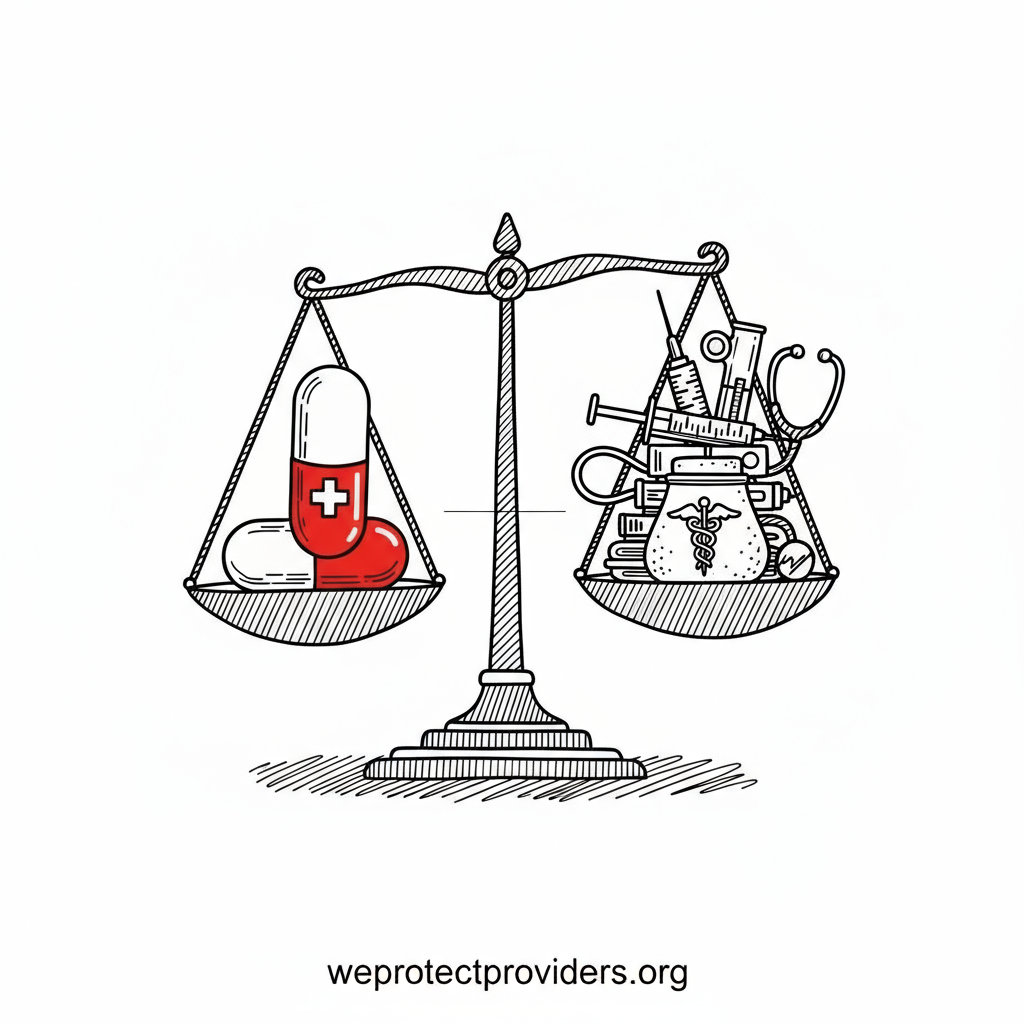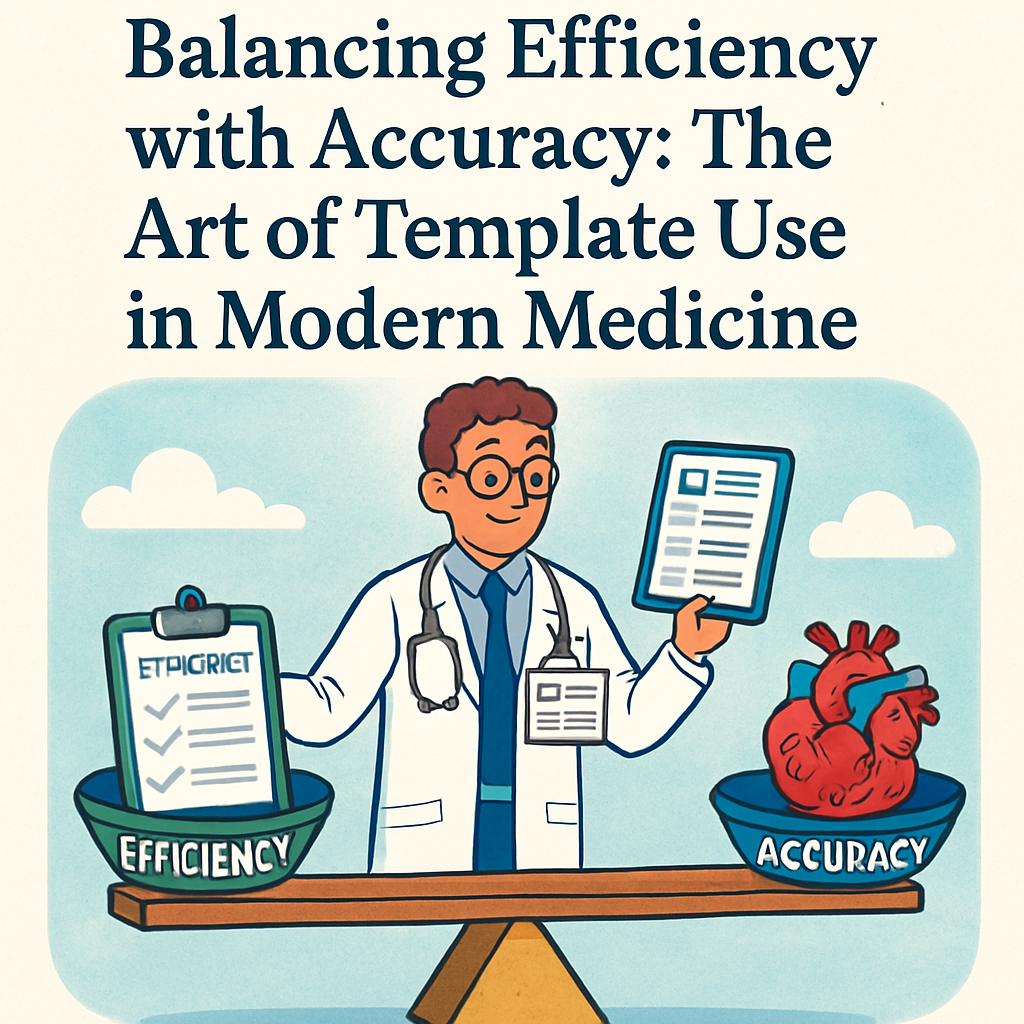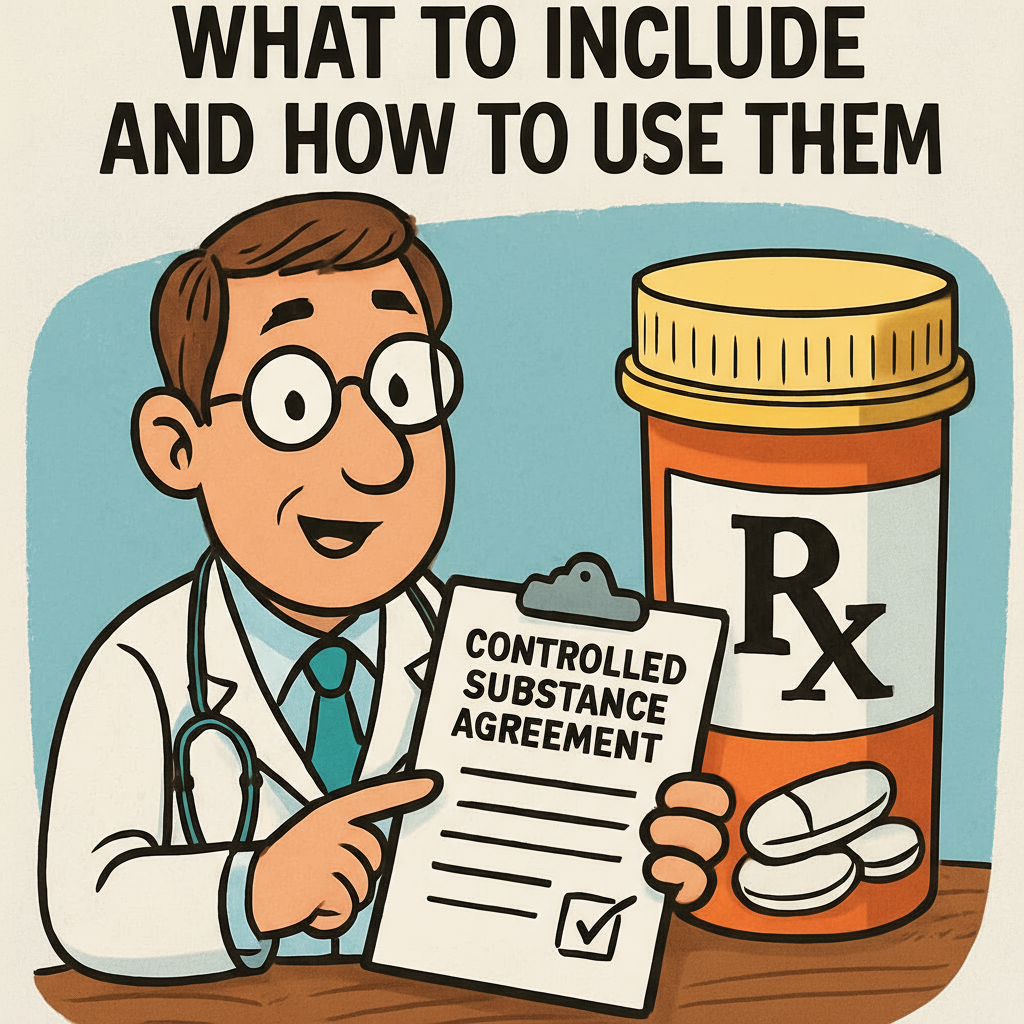
What We Learned from the Opioid Crisis—And Why We’re Ignoring It Again
Doug Jorgensen
February 5, 2025
Introduction: We Didn’t Just Fail Once—We’re Lining Up to Do It Again
The opioid crisis wasn’t a surprise. It was a slow-motion catastrophe we watched unfold in real time. The data was there. The warnings were there. The deaths were mounting. But as a healthcare system, we kept writing, refilling, and rationalizing.
Eventually, the government stepped in—because we didn’t. That intervention came in the form of investigations, indictments, and overcorrections that hurt providers, patients, and the reputation of our profession.
And now? We’re repeating the same mistakes.
Only this time, the substances are different.
The crisis isn’t opioids. It’s benzodiazepines and stimulants.
And once again, we’re turning a blind eye.
The Original Playbook: How the Opioid Crisis Unfolded
Let’s review the cycle:
- Prescribers trusted patients without documentation or risk assessment.
- Medications were marketed aggressively, often underplaying the habituation or addiction risk.
- High-volume prescribing became normalized, especially in primary care.
- The government and media caught on late, after the damage was done.
- Regulatory backlash followed, including DEA raids, CMS audits, state board actions, and class-action lawsuits.
- Providers were punished—sometimes justifiably, often disproportionately.
We’ve already lived this story. So why are we ignoring the sequel?
Same Story, New Substances
If you think benzos and amphetamines aren’t a threat because they’re prescribed “routinely,” think again.
- Benzodiazepines (Xanax, Ativan, Klonopin) have a rapid habituation curve. Abrupt withdrawal can trigger seizures. Combined with opioids or alcohol, they can suppress respiratory function and cause death.
- Stimulants (Adderall, Vyvanse, Concerta) have skyrocketed in use among adults. Diversion is rampant, especially in teens and college-aged populations.
Here’s the kicker: Both are often prescribed without any of the controls we eventually placed around opioids.
No drug screening.
No prescription monitoring.
No patient agreements.
No risk stratification.
No follow-up.
And the regulatory vacuum is being filled—as always—by headlines and lawsuits.
Why This Crisis Feels Different (But Isn’t)
The difference isn’t in the data—it’s in the narrative.
During the opioid crisis, the national dialogue shifted around chronic pain and addiction. But with stimulants and benzos, the conversation is softer. These drugs are framed as tools for productivity, stress management, or everyday anxiety. They’re prescribed to students, professionals, and parents trying to keep up.
But that doesn’t make them safe.
It just makes the denial more palatable.
We assume that because the intention is good, the risk is low. That logic failed us with opioids. It will fail us here too.
What We Should Have Learned (But Didn’t)
If we truly internalized the lessons of the opioid epidemic, we would have:
- Applied the same compliance standards to all Schedule II–IV drugs
- Standardized risk mitigation protocols across all specialties, not just pain management
- Educated providers about habituation and withdrawal risks beyond just opioids
- Monitored prescribing patterns in psychiatry and primary care with the same rigor
- Made urine drug testing and PMP checks standard of care for all controlled substances
Instead, most practices treat benzos and amphetamines like they’re in a regulatory gray zone—which is exactly how the opioid epidemic started.
The Role of the Provider: Gatekeeper or Bystander?
As physicians, we like to see ourselves as advocates, not enforcers. But if you have a DEA number, you’re a gatekeeper—whether you like it or not.
Every prescription you write carries risk:
- Risk of diversion
- Risk of dependency
- Risk of death
- Risk of regulatory review
Your responsibility isn’t just to treat symptoms. It’s to ensure that your prescribing habits don’t create new ones—especially in your community.
We can no longer pretend that just because the DEA isn’t banging down our door, we’re doing it right.
So What Can Be Done?
Here’s the simple truth: The fix isn’t complicated. It’s just not convenient.
Every provider prescribing benzos or amphetamines should implement the same core strategies we now use for opioids:
- PMP Checks: Before every prescribing event. No exceptions.
- Urine Drug Testing: Baseline, then at least quarterly for chronic use.
- Controlled Substance Agreements: Signed, reviewed annually, and enforced.
- Pill Counts: Randomized and documented.
- Early Refill Documentation: Track and monitor all exceptions.
These are not just regulatory buffers. They are clinical tools—because the safest prescription is the one that’s carefully monitored.
The Risk of Doing Nothing
Let me be very clear: this issue is already on the radar of the DOJ, DEA, and plaintiff attorneys. I’ve sat in rooms with investigators who know exactly what to look for.
They’re not just going after pill mills anymore.
They’re going after volume, patterns, and documentation gaps.
If your practice can’t demonstrate structured risk mitigation, you’re vulnerable. It doesn’t matter how compassionate your care is. If the paperwork doesn’t exist, then from a legal standpoint, neither does the compliance.
Final Word: Avoiding a Sequel That Ends the Same Way
History doesn’t always repeat itself, but it rhymes. Right now, the melody is unmistakable.
We are staring down the barrel of a new controlled substance crisis. If we, as providers, don’t take action now—if we don’t learn from the painful lessons of the opioid epidemic—we will be complicit in what comes next.
Let’s not wait for the media to care.
Let’s not wait for the lawsuits to land.
Let’s not wait until one of our own is made an example of.
We know what’s coming. We’ve seen it before.
And this time, we have no excuse.
About the Author
Douglas J. Jorgensen, DO, CPC, FAAO, FACOFP
Dr. Doug is a nationally recognized expert in medical regulatory compliance, controlled substance policy, and healthcare audit defense. He has consulted for the DOJ, DEA, CMS, and OIG, and has reviewed over 100,000 medical records as an expert witness and litigation advisor.


